The health and wellbeing of employees is a top priority for employers in the UK. One essential tool for protecting employee health is health surveillance. Health surveillance involves monitoring the health of employees who are exposed to specific hazards in the workplace to identify any adverse effects and take appropriate action. In this blog, we will provide a comprehensive guide to getting started with health surveillance for UK-based employers.
Understanding Health Surveillance:
Health surveillance is a process of monitoring the health of employees who are exposed to specific hazards in the workplace. This process is essential for identifying any adverse effects and taking appropriate action to protect employee health. In the UK, health surveillance is a legal requirement for certain workplace hazards, such as exposure to noise, vibration, and substances hazardous to health. Health surveillance has numerous benefits, including identifying early signs of health problems, improving employee awareness of their health, and reducing absenteeism due to illness.
Identifying the Need for Health Surveillance:
Employers must conduct a risk assessment to identify any workplace hazards that require health surveillance. This assessment should consider the type of hazard, the level of exposure, and the number of employees at risk. Workplace hazards that require health surveillance include exposure to noise, vibration and substances hazardous to health.
Designing and Implementing a Health Surveillance Programme:
To design and implement a health surveillance programme, employers should plan and prepare for the process. This includes choosing a health surveillance provider and involving employees in the process. Employers must ensure that the health surveillance programme meets legal requirements and is tailored to the specific workplace hazards identified in the risk assessment.
Health Surveillance Methods:
There are several health surveillance methods that employers can use to monitor employee health. These include audiometry testing for noise exposure, spirometry testing for respiratory hazards, and biological monitoring for hazardous substances.
Monitoring and Reviewing Health Surveillance:
Employers must regularly monitor and review their health surveillance programme to ensure that it remains effective. The frequency of health surveillance will depend on the identified workplace hazards and clinical need. Employers should review health surveillance data regularly and take appropriate action based on the results. This may include providing additional training or personal protective equipment or reducing employee exposure to the identified hazards.
Conclusion:
Implementing a health surveillance programme is a legal requirement for protecting the health and wellbeing of employees in the UK. By understanding the legal requirements, identifying workplace hazards, and designing an appropriate health surveillance programme, employers can ensure that they are meeting their duty of care and providing a safe working environment for their employees.
Q: Is health surveillance mandatory for all UK workplaces?
A: No, health surveillance is mandatory only for workplaces with specific hazards, such as exposure to noise, vibration, and substances hazardous to health. Employers must conduct a risk assessment to identify any workplace hazards that require health surveillance.
Q: How often should health surveillance be conducted?
A: The frequency of health surveillance will depend on the identified workplace hazards, the level of exposure and clinical need. Employers should review health surveillance data regularly and take appropriate action based on the results.
Q: What are the benefits of health surveillance?
A: The main benefit is to comply with the law, but health surveillance has numerous benefits, including identifying early signs of health problems, improving employee awareness of their health, and reducing absenteeism due to illness.
Q: How should employers choose a health surveillance provider?
A: Employers should choose a health surveillance provider based on their experience, qualifications, and expertise in the relevant health surveillance methods. It’s always recommended to choose a SEQOHS accredited provider. They have some useful information on their website to help employers.




